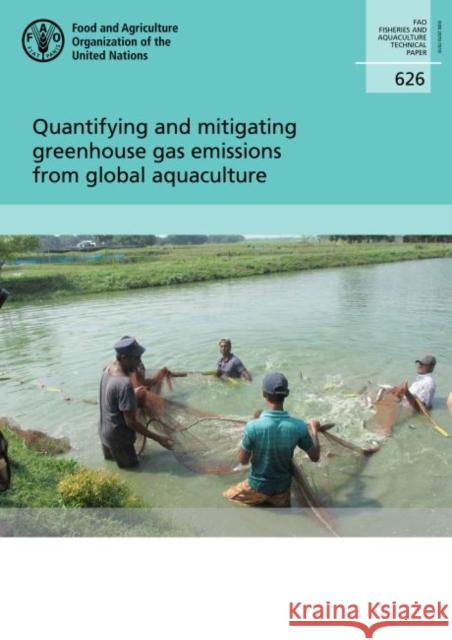Quantifying and mitigating Greenhouse Gas emissions from global aquaculture » książka
Quantifying and mitigating Greenhouse Gas emissions from global aquaculture
ISBN-13: 9789251319925
This study quantifies global greenhouse gas (GHG) emissions from aquaculture (excluding farming of aquatic plants), and explains how cost-effectiveness analysis (CEA) could be used to appraise GHG mitigation measures - thereby contributing to Sustainable Development Goal (SDG) 13 (Climate Action), while supporting SDG 2 (Zero Hunger), and SDG 8 (Decent Work and Economic Growth). Global aquaculture contributes directly to food security by increasing food availability and accessibility, and indirectly as a driver of economic development. Aquaculture accounted for approximately 0.45 percent of global anthropogenic GHG emissions in 2013. However, production is increasing rapidly, and emissions arising from post-farm activities, which are not included in the 0.45 percent, could increase the emissions intensity of some supply chains significantly. It is therefore important to improve the efficiency of global aquaculture to offset increases in production so that it can continue to make an important contribution to food security. There is great scope to improve resource efficiency through technical innovation.











